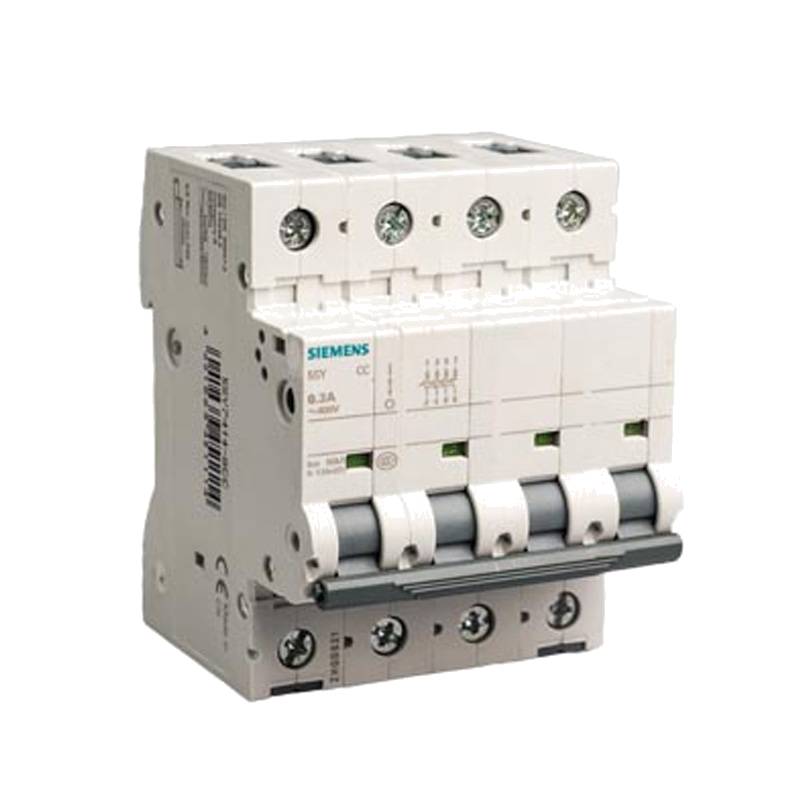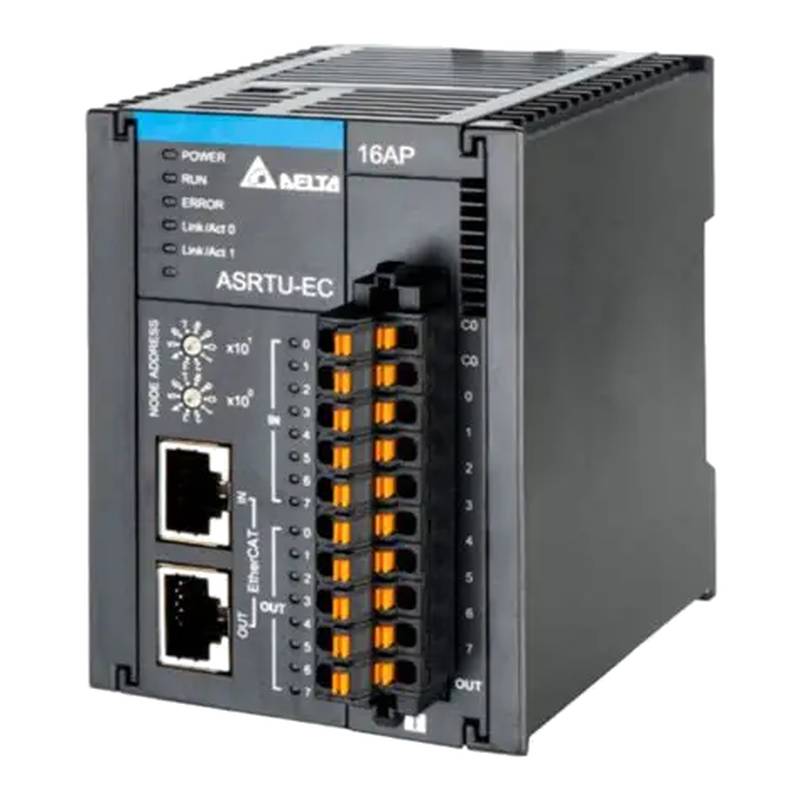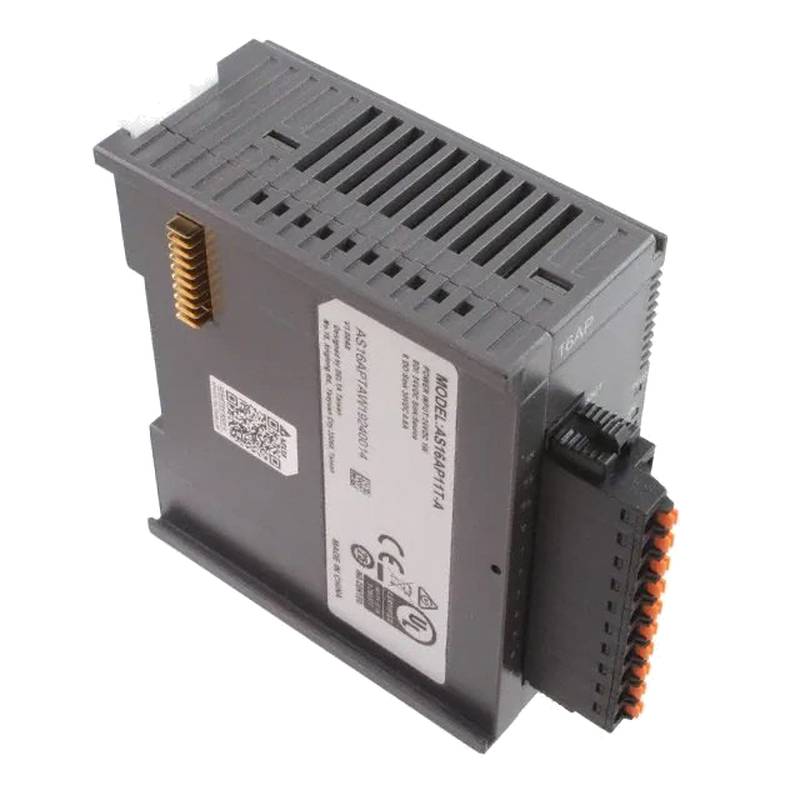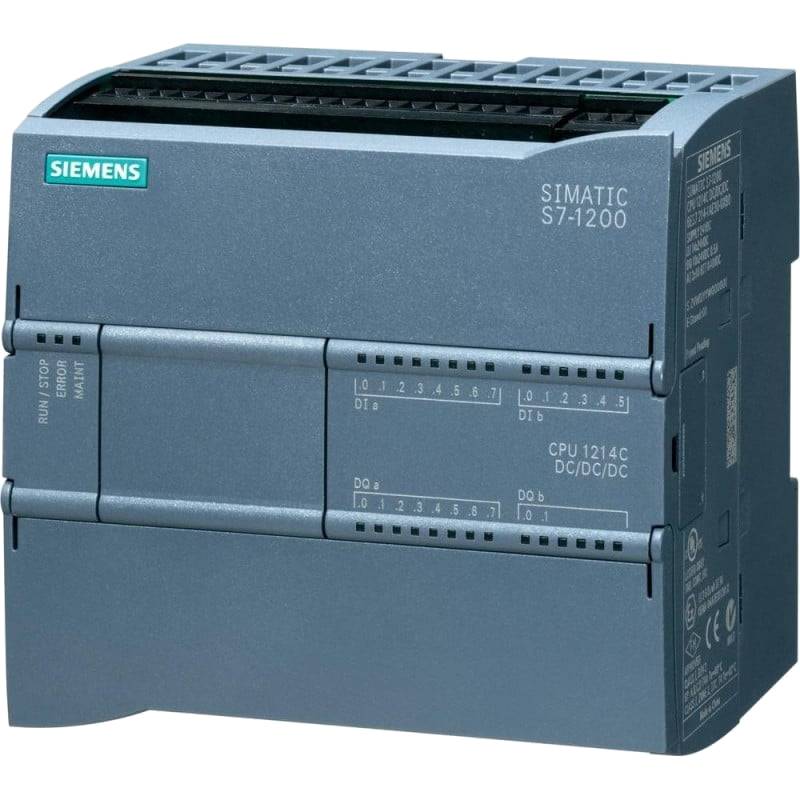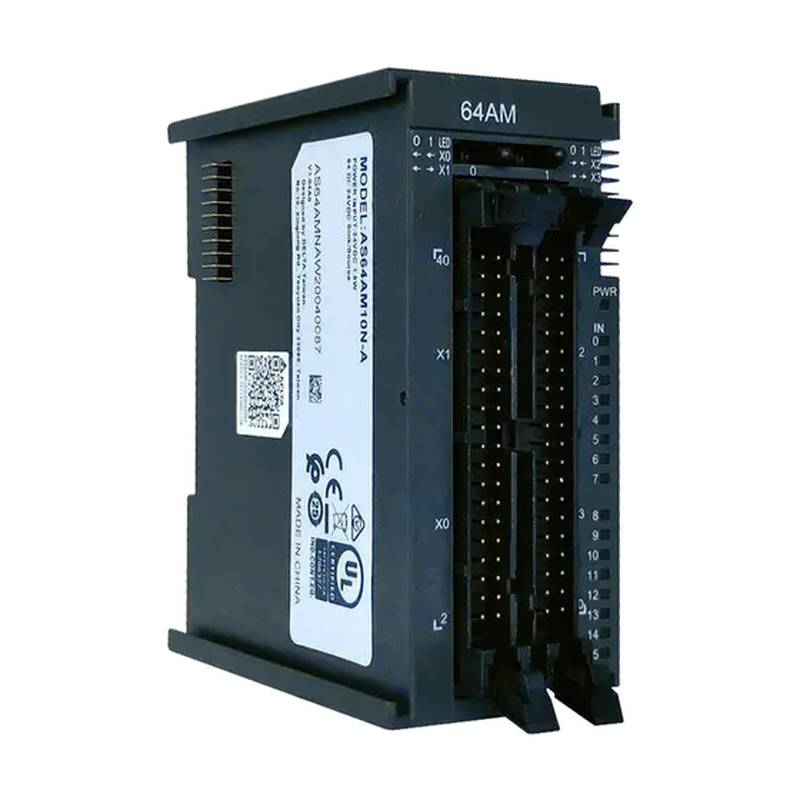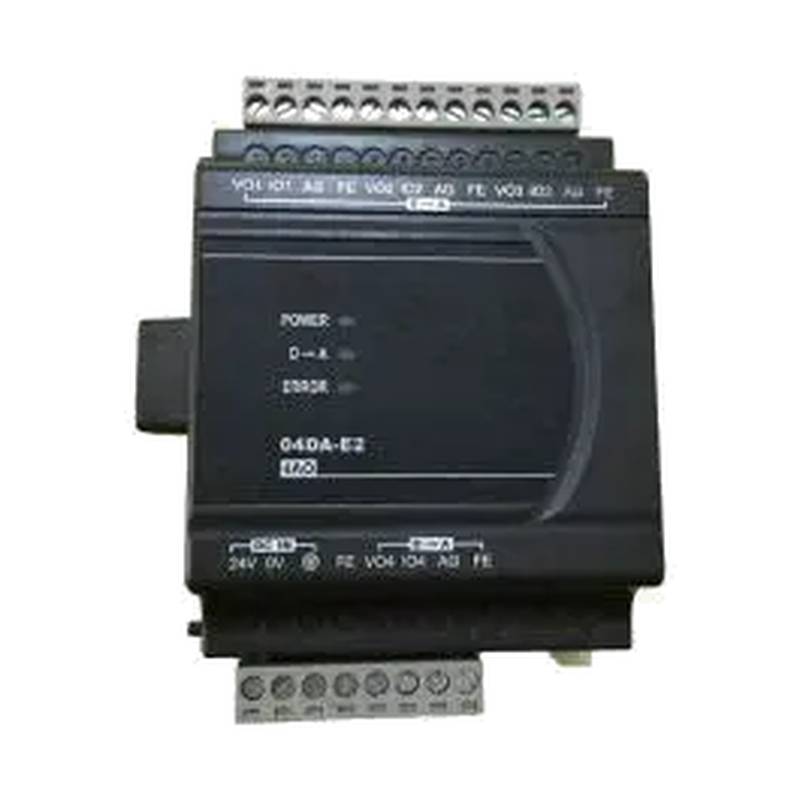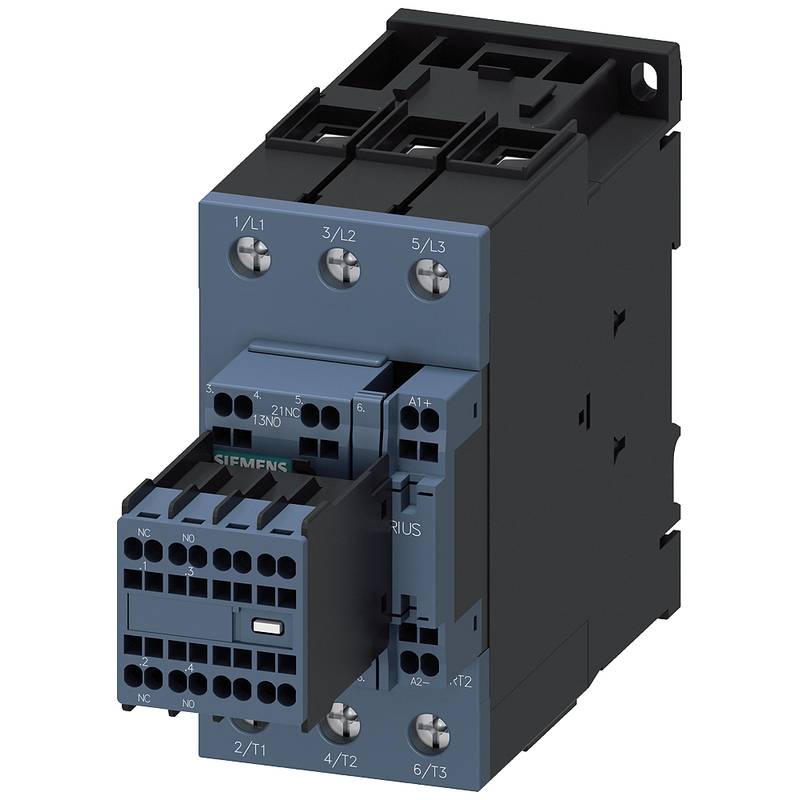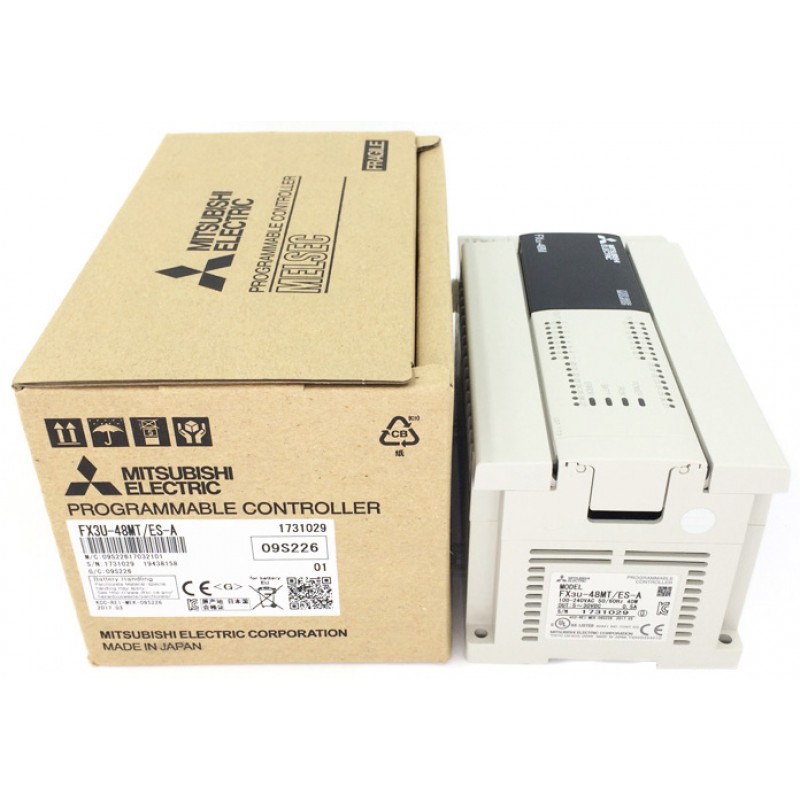
The Siemens 6ES7288-1ST60-0AA1 is a high-performance 64-channel transistor output PLC module designed for demanding industrial automation tasks. This module offers rapid switching speeds, robust digital output capabilities, and seamless integration within the Siemens SIMATIC S7-1200 ecosystem. Its primary advantages include exceptional precision for high-frequency control applications, low power consumption, and extensive diagnostic features. Key technical parameters include 64 digital outputs, a 24V DC nominal voltage, and a maximum switching frequency of 100 kHz.
Product Specifications
| Feature | Specification |
| :---------------------- | :---------------------------- |
| Product Type | Digital Output Module |
| Module Type | Transistor Output |
| Number of Outputs | 64 |
| Output Voltage (Nominal) | 24V DC |
| Max. Switching Frequency | 100 kHz |
| Current per Output | 0.5 A |
| Total Current | 12 A |
| Supply Voltage | 20.4 - 28.8V DC |
| Isolation | Yes |
| Diagnostics | Module and Channel Diagnostics |
| Operating Temperature | -20 to +60 °C |
| Dimensions (W x H x D) | 45 mm x 100 mm x 75 mm |
Core Features & Market Positioning
The Siemens 6ES7288-1ST60-0AA1 distinguishes itself through its high-speed transistor outputs, making it ideal for applications demanding precise and rapid control. This capability positions it strongly in markets requiring fast response times, such as high-speed packaging, motion control, and precise positioning systems. Compared to relay-based modules, its solid-state nature offers superior longevity and reduced maintenance, a critical factor in industrial settings focused on uptime and operational efficiency. The module's integration into the SIMATIC S7-1200 platform also provides significant advantages, enabling users to leverage a well-established, scalable, and feature-rich automation solution with extensive software support.
Key Application Scenarios
This 64-channel transistor output module finds its niche in demanding industrial automation scenarios. Its high-speed digital outputs are perfectly suited for controlling high-frequency solenoid valves, driving stepper or servo motors in precise motion control applications, and managing high-speed packaging machinery. In the food and beverage industry, it can be utilized for high-throughput sorting and filling operations. Manufacturing environments benefit from its precision in assembly line automation, where rapid actuator control is paramount. The pharmaceutical sector can leverage its accuracy for controlled dispensing and batch processing.
Practical System Integration Guidance
Integrating the Siemens 6ES7288-1ST60-0AA1 into an S7-1200 system is straightforward, requiring simple click-and-connect mounting onto the DIN rail. Wiring involves connecting the 24V DC power supply to the module's power terminals and then wiring the individual outputs to the actuators, ensuring correct polarity. For programming, the module is configured within the TIA Portal software, where users assign addresses and define output behavior. For instance, to activate output Q0.0, a simple digital output instruction (e.g., `OUTPUT`) in LAD or FBD would be sufficient. Advanced functionalities like pulse width modulation (PWM) or high-speed counting can be configured using specialized function blocks available within the S7-1200 programming environment.
Operation and Risk Mitigation
Operating the 6ES7288-1ST60-0AA1 requires adherence to its specified voltage and current limits to prevent damage. Proper grounding is essential for electrical safety and signal integrity. Users should implement robust diagnostic checks within their PLC program to monitor output status and detect potential faults. Common troubleshooting involves verifying power supply connections, checking wiring integrity for short circuits or open loops, and confirming that the output load does not exceed the module's rating. Error codes, if generated, typically relate to overcurrent conditions or internal module faults, often indicated by diagnostic LEDs on the module itself, which can then be interpreted within the TIA Portal.
Scalability & Long-Term Value
The Siemens 6ES7288-1ST60-0AA1 offers excellent scalability due to its compatibility with the broader SIMATIC S7-1200 platform. Additional I/O modules can be easily added to the same CPU to expand system capabilities as automation requirements grow. This modular design ensures that investments in the control system can be adapted to future needs without requiring a complete overhaul. The module's integration into a system designed for Industry 4.0 principles also means it can be readily incorporated into IIoT strategies, enabling data acquisition for performance monitoring and predictive maintenance, thereby enhancing long-term operational value and system flexibility.
FAQs
Q1: What are the primary benefits of using a transistor output module like the 6ES7288-1ST60-0AA1?
Transistor outputs offer faster switching speeds than relays. They provide higher operational longevity due to no moving parts. This results in reduced wear and tear during frequent activations.
This solid-state design also means lower power consumption per output. It is ideal for high-speed digital control applications. It ensures precise and rapid signal transmission.
The lack of mechanical wear contributes to greater reliability. This is crucial for critical automation processes. It minimizes unexpected downtime and maintenance costs.
Q2: Can the Siemens 6ES7288-1ST60-0AA1 module be used with older Siemens PLC systems?
This module is specifically designed for the SIMATIC S7-1200 platform. It uses a proprietary communication protocol. Compatibility with older S7-300 or S7-400 systems is not direct.
Interfacing with older systems may require specialized communication modules. This could involve gateways or protocol converters. It adds complexity and cost to the integration.
For optimal performance and ease of use, it is best utilized within its intended S7-1200 environment. This ensures full access to diagnostic and programming features.
Q3: What is the maximum switching frequency for the Siemens 6ES7288-1ST60-0AA1, and why is it important?
The module supports a maximum switching frequency of 100 kHz. This high frequency is critical for applications needing rapid on/off cycles. It allows for precise control of fast actuators.
Applications like high-speed solenoid valves or precise motor positioning benefit greatly. It ensures rapid response to control signals. This enhances process efficiency and product quality.
This capability is essential for modern automation. It enables sophisticated control algorithms and faster production cycles. It directly impacts throughput and automation precision.
Q4: How do I wire the 64 digital outputs on the 6ES7288-1ST60-0AA1 module?
Connect each of the 64 digital outputs to your actuators. Ensure you use appropriate gauge wiring. Observe correct polarity for DC loads.
Each output terminal is clearly labeled. Refer to the module's manual for specific terminal assignments. Avoid exceeding the 0.5A per output current limit.
Ensure proper grounding for all connected components. This prevents electrical interference and ensures safety. Verify all connections before powering up the system.
Q5: What are the common troubleshooting steps if an output channel on the 6ES7288-1ST60-0AA1 is not working?
First, check the 24V DC power supply to the module. Verify the status LEDs on the module for any fault indications. Confirm the output channel is enabled in your PLC program.
Inspect the wiring for shorts, opens, or loose connections. Ensure the connected actuator is functional and within its operational limits. Check if the output load exceeds the module's 0.5A rating.
If the issue persists, consider if the PLC program logic is correctly addressing the output. A faulty output channel might require module replacement. Consult the Siemens diagnostics manual for specific error codes.
Q6: Does the 6ES7288-1ST60-0AA1 module offer any diagnostic capabilities?
Yes, the module provides comprehensive diagnostics. It monitors the status of each individual output channel. It can detect overcurrent or short-circuit conditions.
Diagnostic information is accessible via the TIA Portal. This allows for real-time monitoring and fault logging. You can see module health and channel status.
These diagnostics help in rapid fault identification. This minimizes downtime and simplifies maintenance procedures. It contributes to a more robust automation system.
Q7: What is the maximum total current the Siemens 6ES7288-1ST60-0AA1 can handle across all outputs?
The module has a maximum total current capacity of 12A. This is the sum of current drawn by all active outputs. Adhering to this limit is crucial for module longevity.
Exceeding the total current rating can lead to module overheating. It may cause permanent damage or system shutdown. Always calculate your total load current.
Ensure your power supply can adequately support this total current. It prevents stressing the module and ensures stable operation. Plan your wiring and load distribution accordingly.
Q8: How does the transistor output of the 6ES7288-1ST60-0AA1 differ from a relay output module?
Transistor outputs are solid-state electronic switches. They offer extremely fast switching speeds, ideal for high-frequency signals. They have no moving parts, leading to longer operational life.
Relay outputs use mechanical contacts. These are slower to switch and have a finite number of actuations. They are suitable for higher voltage/current loads and isolation.
Transistor outputs are typically lower voltage/current. They are more sensitive to voltage spikes. Relays provide better electrical isolation between control and load circuits.
Q9: Can this module be used for pulse width modulation (PWM) control?
Yes, the high-speed transistor outputs support PWM control. This is configured within the S7-1200 CPU's programming environment. It requires using specific function blocks.
PWM is used for variable speed control of motors or dimming LEDs. The module's fast response time allows for precise duty cycle adjustments. This enables fine-tuned automation processes.
You will need to program the PWM parameters in TIA Portal. This includes frequency and duty cycle settings. Ensure the connected actuator is compatible with PWM signals.
Q10: What are the environmental operating conditions for the Siemens 6ES7288-1ST60-0AA1?
The module operates reliably in temperatures from -20°C to +60°C. It is designed for industrial environments with potential temperature fluctuations. Proper ventilation should be ensured in enclosed cabinets.
It is also designed to withstand typical industrial humidity levels. However, direct exposure to water or corrosive substances should be avoided. Ensure the enclosure protects against environmental contaminants.
Always check the specific product manual for detailed environmental ratings. Adhering to these conditions ensures optimal performance and longevity. This prevents premature failure and costly repairs.

















